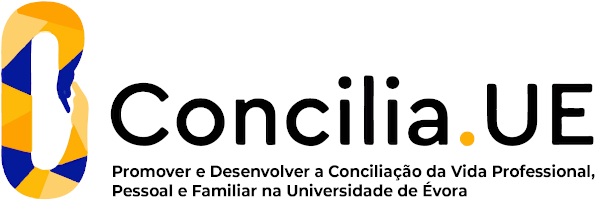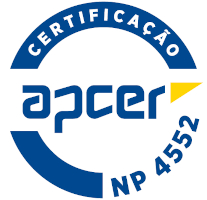2025
Animal Welfare
Name: Animal Welfare
Code: ZOO15203I
6 ECTS
Duration: 15 weeks/156 hours
Scientific Area:
Animal Science
Teaching languages: Portuguese
Languages of tutoring support: Portuguese
Regime de Frequência: Presencial
Learning Goals
Learning Objectives (Being Able to . . . )
1. Recognize the species´ specific behavior at an individual and group level, and the influence of the environment and early experiences
2. Define homeostasis / allostasis
3. Distinguish between normal and abnormal behavior
4. Assessing the animal needs
5. Animal welfare concepts; quality of life as a continuum between positive and negative well-being and the overall balance
6. Animal welfare assessment
7. Describe the operation of scoring systems, protocols and guarantee programs
8. Determine well-being risks in various contexts
9. Implement basic welfare records
10. Determine the impact of welfare on the quality of animal products
11. Recognize and report possible animal abuse in relation to national and international legislation
12. Recognize the implications of animal welfare for trade in animals and products
13. Employ procedural guidelines and codes of practice regarding animal welfare
1. Recognize the species´ specific behavior at an individual and group level, and the influence of the environment and early experiences
2. Define homeostasis / allostasis
3. Distinguish between normal and abnormal behavior
4. Assessing the animal needs
5. Animal welfare concepts; quality of life as a continuum between positive and negative well-being and the overall balance
6. Animal welfare assessment
7. Describe the operation of scoring systems, protocols and guarantee programs
8. Determine well-being risks in various contexts
9. Implement basic welfare records
10. Determine the impact of welfare on the quality of animal products
11. Recognize and report possible animal abuse in relation to national and international legislation
12. Recognize the implications of animal welfare for trade in animals and products
13. Employ procedural guidelines and codes of practice regarding animal welfare
Contents
1. Animal behavior: innate and learned behaviors.
Social, feeding and reproductive behavior of species in a natural context
Genetic bases and genetic / environmental interactions.
Sentience, Motivation and Cognition.
Changes and qualitative / quantitative assessment of internal states.
Stress (distress, eustress, and stressors)
Objective observation and recording of behaviors
2. Animal Welfare Concepts.
Concept and framework: Five freedoms / Five domains and Quality of Life
Assessment of well-being in practice.
Wellness records, protocols and warranty programs.
Risk assessment for animal welfare in contexts of livestock, transport of animals between environments (e.g., exhibition, sport and competition, conservation), compassionate euthanasia and for population control
3. Legislation, regulations and welfare standards.
Limitations of legislation.
Professional standards.
Veterinary role as a regulator and expert.
Veterinary certification requirements
Social, feeding and reproductive behavior of species in a natural context
Genetic bases and genetic / environmental interactions.
Sentience, Motivation and Cognition.
Changes and qualitative / quantitative assessment of internal states.
Stress (distress, eustress, and stressors)
Objective observation and recording of behaviors
2. Animal Welfare Concepts.
Concept and framework: Five freedoms / Five domains and Quality of Life
Assessment of well-being in practice.
Wellness records, protocols and warranty programs.
Risk assessment for animal welfare in contexts of livestock, transport of animals between environments (e.g., exhibition, sport and competition, conservation), compassionate euthanasia and for population control
3. Legislation, regulations and welfare standards.
Limitations of legislation.
Professional standards.
Veterinary role as a regulator and expert.
Veterinary certification requirements
Teaching Methods
The classes are organized as Theoretical and Practical, that complement each other to provide the student with the necessary knowledge to support the veterinarian intervention as a guarantor of animal welfare. Students will be encouraged to carry out behavioral observation work in the field (cattle, sheep, pigs and horses) and in confinement situations, and to train the application of welfare assessment grids in different situations. Opportunities will be created to discuss different realities and to develop thematic projects on the topics covered in the syllabus, in small groups (maximum of 3 students / group), to be presented at the end in a seminar. The grade obtained will be part of the final score.
The assessment can be frequency a) or by exam b):
a) Frequency - 2 multiple choice tests (40% + 40%) + 20% practical assignments
b) Exam - 2 periods (normal and resource) (80%) + 20% practical assignments
The assessment can be frequency a) or by exam b):
a) Frequency - 2 multiple choice tests (40% + 40%) + 20% practical assignments
b) Exam - 2 periods (normal and resource) (80%) + 20% practical assignments





















